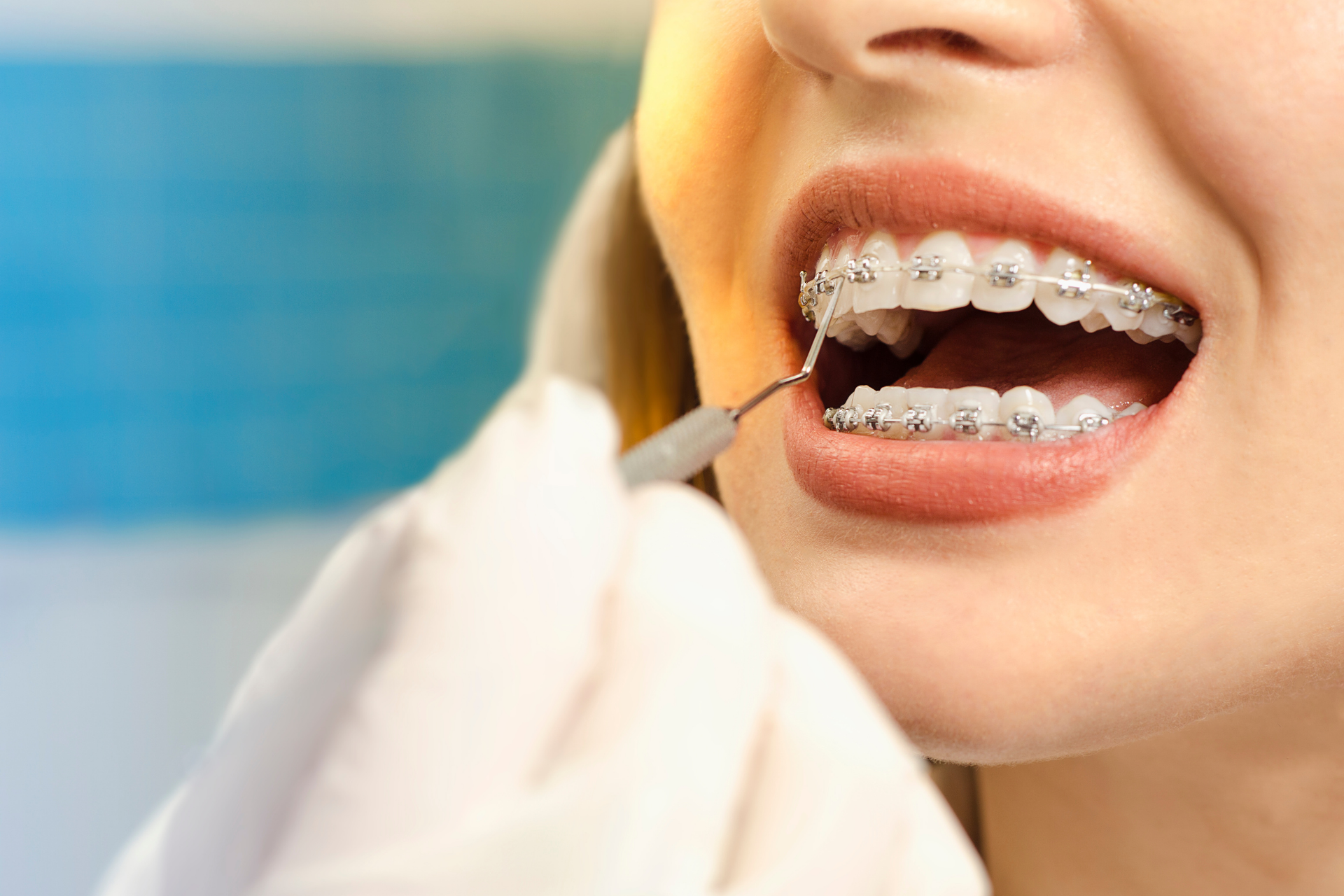Orthodontic

What is Orthodontic?
Orthodontic treatment is a branch of dentistry aimed at correcting and aligning teeth and jaw structures. This treatment aims to address irregular tooth positioning, jaw relationships, gaps between teeth, misalignments, or irregular bite problems.
Orthodontic treatment can be applied not only to improve dental and jaw health but also to achieve an aesthetic smile. It can be carried out for different age groups, starting from childhood and extending to adults.
Commonly used methods in orthodontic treatment include fixed and removable appliances, wires, brackets, and clear aligners. The treatment requires expertise and is carried out by dentists or orthodontists, who create personalized treatment plans for each individual.
Orthodontic treatment helps in correcting dental and jaw issues and achieving a healthy smile. Individuals with irregular dental and jaw structures should consider orthodontic treatment and consult with dentists to address their concerns.
Why is Orthodontic Treatment Done?
Orthodontic treatment is performed to address various issues related to the alignment and positioning of teeth and jaws. The primary reasons for undergoing orthodontic treatment include:
Correcting Malocclusions: Malocclusion refers to improper alignment of the teeth when the jaws are closed. It can include problems like overbite, underbite, crossbite, open bite, and crowded teeth. Orthodontic treatment helps correct these malocclusions to improve bite function and aesthetics.
Improving Dental Health: Misaligned teeth are difficult to clean properly, leading to a higher risk of dental problems such as cavities and gum disease. Orthodontic treatment aligns teeth, making oral hygiene easier and promoting better dental health.
Enhancing Aesthetics: Orthodontic treatment can greatly improve the appearance of the smile by aligning crooked teeth, closing gaps, and achieving a harmonious facial profile.
Resolving Speech and Chewing Issues: Severe malocclusions can impact speech and chewing abilities. Orthodontic treatment can help address these issues and improve overall oral function.
Preventing Tooth Wear: Irregular tooth alignment can lead to excessive wear on certain teeth, causing long-term damage. Orthodontic treatment can distribute the bite forces evenly, reducing tooth wear.
Addressing Jaw Disorders: Orthodontic treatment can be beneficial for individuals with temporomandibular joint (TMJ) disorders by aligning the teeth and jaws properly.
Overall, orthodontic treatment aims to enhance dental health, functional bite, and facial aesthetics, providing patients with a confident and healthy smile.
What are the types of Orthodontic Treatment?
There are several types of orthodontic treatments available, and the choice of treatment depends on the specific dental issues and the patient’s preferences. Here are some common types of orthodontic treatments:
Braces: Traditional braces consist of metal brackets attached to the teeth, connected by wires and elastic bands. The orthodontist adjusts the tension in the wires over time to gradually shift the teeth into their correct positions. These braces are highly effective for various orthodontic problems and are suitable for patients of all ages.
Ceramic Braces: Similar to traditional braces, ceramic braces use tooth-colored or clear brackets that blend in with the natural color of teeth. They are less noticeable than metal braces and are a popular choice for individuals who want a more discreet treatment option.
Lingual Braces: Lingual braces are placed on the backside (lingual) of the teeth, making them virtually invisible from the front. They are a good option for those who prefer hidden braces.
Clear Aligners: Clear aligners, such as Invisalign, are a series of removable, transparent trays custom-made for each patient. They gradually shift the teeth into the desired position. Clear aligners are popular among adults and teenagers due to their almost invisible appearance and ease of use.
Retainers: Retainers are used after the active orthodontic treatment to maintain the new tooth positions and prevent them from shifting back. They can be removable or fixed, depending on the patient’s needs.
Palatal Expanders: Palatal expanders are used to widen the upper jaw when there is a narrow palate or a crossbite. They are commonly used in growing children to create more space for proper alignment of the teeth.
Headgear: Headgear is an external appliance that attaches to braces or other orthodontic devices to modify the growth of the face and jaws. It is used in specific cases to correct severe jaw discrepancies.
The appropriate type of orthodontic treatment will be determined by an orthodontist after a comprehensive evaluation of the patient’s teeth, jaw, and overall oral health. Each treatment option has its advantages and suitability for different cases, and the orthodontist will recommend the most appropriate option for achieving the desired results.


